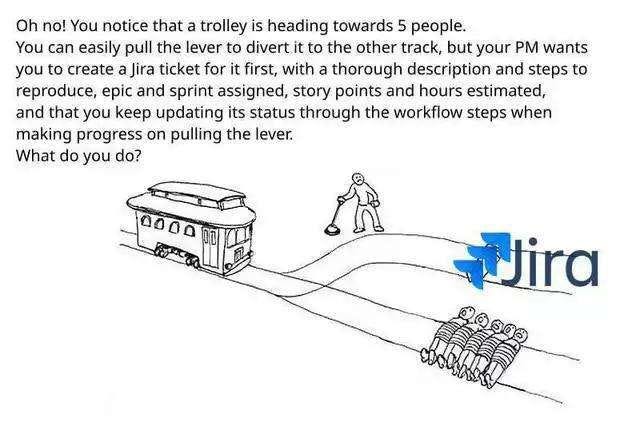How to Start a Team & Open an Office Abroad
Plus, nailing down capacity planning, engineering transparency at Instagram, "everything as code," and more.
Considering a global expansion? Launching a team in a foreign country can be daunting, but the rewards may be worth the challenges.
On this week’s episode of Dev Interrupted, co-host
welcomes , Director of Engineering at Spot AI, back to the show. One of our most listened-to voices, Kelly dissects the decision-making process behind opening a new office - from the long list of potential countries to the myriad factors that clinch the decision.Outside of the big picture stuff like navigating timezones and culture differences, Kelly also shares valuable insights on ground-level practices such as the importance of local recruiters and strategies for discussing equities and contractor partnerships
“If you're entering into a totally new country, a totally new culture, a different way of working, different work ethics, different styles of communication, you're not going to nail it every single time on your hires. That is a natural course of management that you're not going to get it right every time.”
Episode Highlights:
(2:53) How do you even decide to open an international office?
(6:30) Creating "swim lanes" for distributed teams
(9:30) Why Kelly and Spot AI chose Poland for their new office
(12:40) Who took part in the selection process
(15:45) Opening a new office vs hiring a software house
(23:00) Managing timezones and cultural differences
(29:00) Equity conversations
(31:30) The importance of local recruiters
(35:20) Kelly's advice to other eng leaders
The Download
The Download is engineering leadership content we’re reading, watching, and attending that we think you might find valuable.
1. The Art Of Planning Your Capacity
With efficiency on everyone’s minds, the importance of capacity planning in engineering management can’t really be disputed. In this blog,
highlights various aspects of capacity planning, including monitoring, analysis, and proactive adjustments, to enable businesses to handle changing demands and scale their operations efficiently.2. Learn How Engineering Transparency Came To Instagram
In tech, transparency is something everyone seems to agree is valuable, but very few see the value in making the effort to ensure it exists. James Everingham, the former Head of Engineering at Instagram, realized transparency needed a common definition and a clear decision-making process. In this piece, he advocates for transparency using the RACI model, clarified roles, and established principles, ultimately boosting transparency and streamlining decision-making at Instagram.
Read: How This Head of Engineering Boosted Transparency at Instagram
This week’s Download is sponsored by “The Continuous Merge Guide to Merge Standards: A Free Guide To The Merge Standards That Empower Policy-As-Code In Elite Orgs.”
The Continuous Merge Guide to Merge Standards covers where CI/CD falls short, the importance of establishing merge standards on your team, and how LinearB workflow automation can help.
Inside you'll find:
A breakdown of Continuous Merge philosophy and its many benefits
13 of our favorite merge standards that enforce quality and boost efficiency
Tactical advice on how to implement merge standards on your team
3. Everything You Wanted to Know About “Everything as Code”
We throw around the term “policy-as-code” a lot. This blog highlights the significance of treating all aspects of IT infrastructure, processes, and workflows as code to achieve better automation, consistency, and collaboration. It discusses how embracing “Everything as Code” is directly tied to efficiency, reduced errors, and enhanced scalability in software development and operations.
Read: What is Everything as Code?
4. There’s No Link Between the Length of an Incident and Its Severity
Contrary to popular belief, statistical analysis reveals there’s no straightforward link between the duration of incidents and the severity of incidents. Courtney Nash, Verica's Internet Incident Librarian, conducted her own investigation into the data and shared them with the DI team.
5. See If Your Team’s Hatred of JIRA is Misplaced
For many of our teams, “JIRA” is a four-letter word. Author Derek Jarvis argues that negative perceptions of JIRA are often misplaced, attributing the dissatisfaction to poor management practices rather than the tool itself.







